Standing waves


© 2013 Pearson Education, Inc
When a wave encounters a discontinuity, there is reflection and transmission at the boundary.
Wave on a string encountering a boundary
- Hard boundary: reflected wave changes its polarity
- Soft boundary: Reflected wave keeps its polarity
A change in density of the string acts like a boundary
-
Low to high density is like a hard boundary
- Polarity shift upon reflection
- Reflected wave: amplitude is lower, wavelength is the same
- Transmitted wave: amplitude is lower, wavelength is narrower
-
High to low density is like a soft boundary
- No shift in polarity
- Transmitted wave: amplitude is higher, wavelength is wider
- Reflected wave: amplitude is lower, wavelength is the same
Be able to explain the reasons behind these observations regarding amplitude and wavelength.
Standing waves are created when waves of equal length and amplitude interfere.


The position of the position of the mth node is a function of the wavelength.
- m is the number of antinodes
- f1 is called the fundamental frequency of a standing wave



© 2013 Pearson Education, Inc

- Closed end of a pipe supports a node
- Open end of a pipe supports an antinode
- Higher frequency waves are called harmonics
- f2 = second harmonic
- f3 = 3rd harmonic, etc

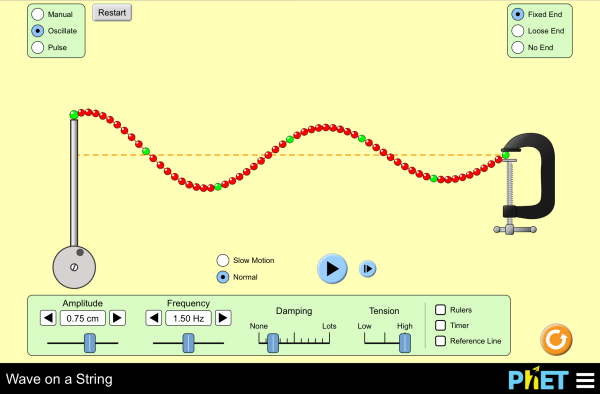
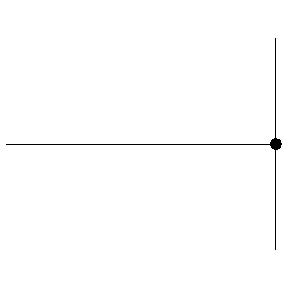
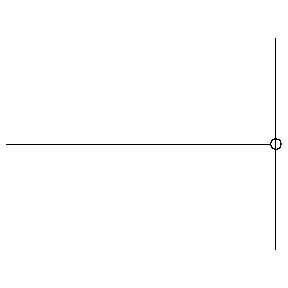
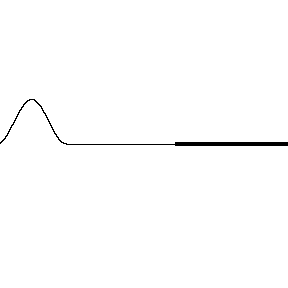
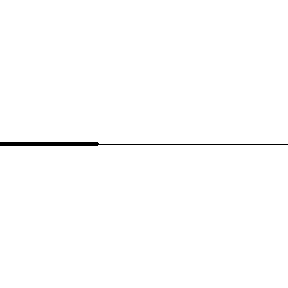
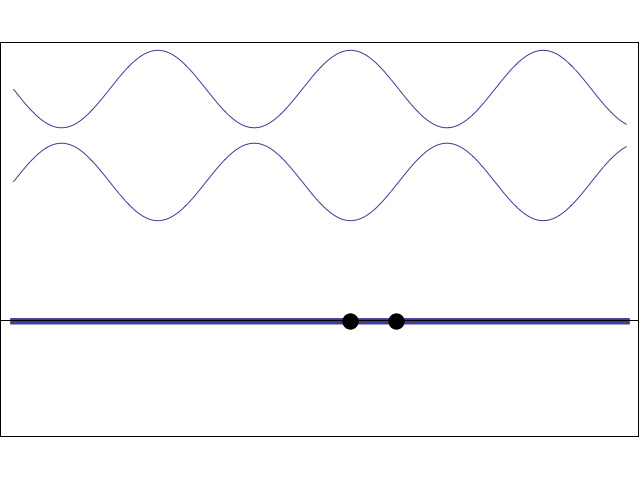
© 2013 Pearson Education, Inc